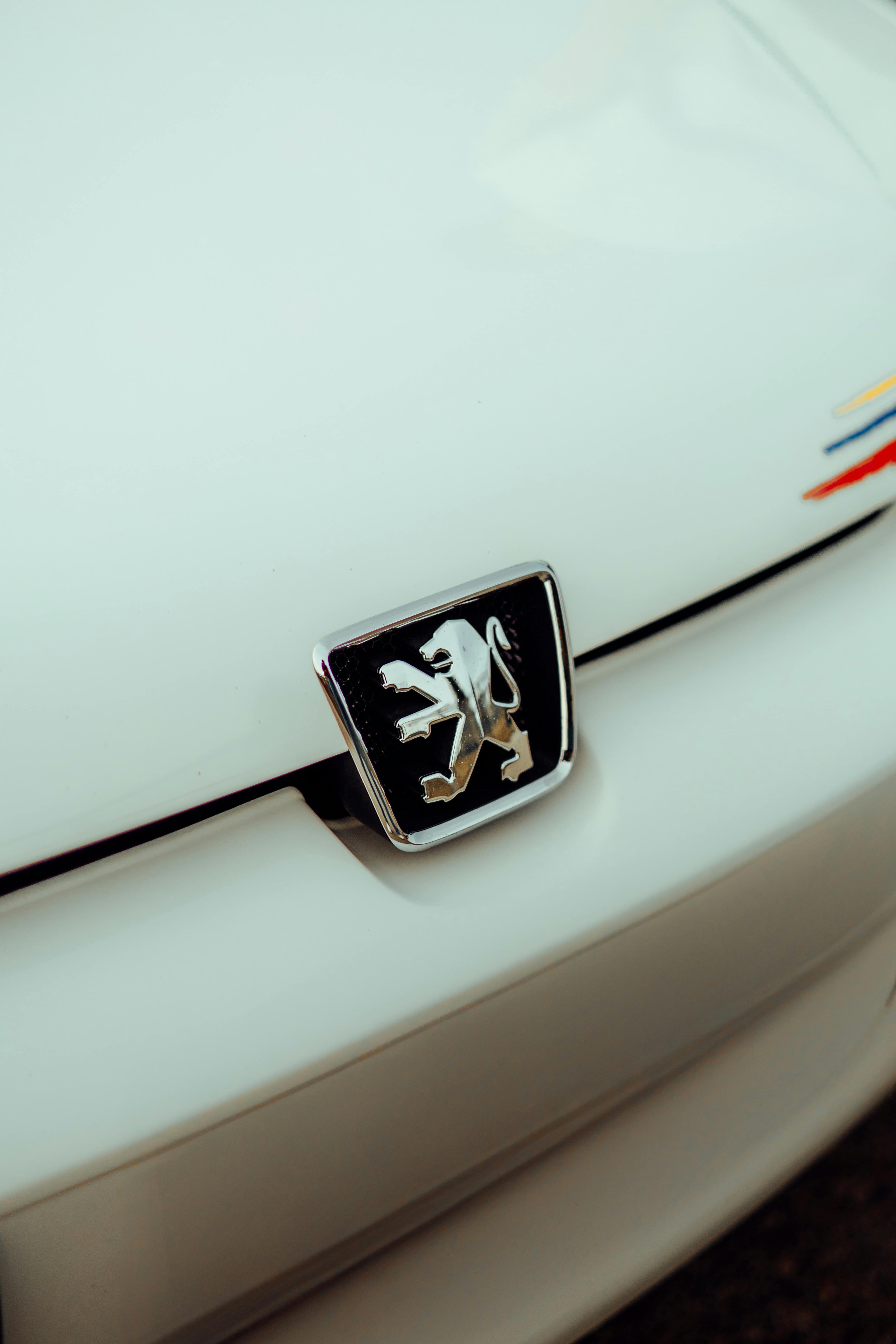
Many drivers face the dilemma of long-term car storage, whether it’s due to extended travel, military deployment, a seasonal move, or simply parking a beloved classic for the winter months. While it might seem straightforward to just park your vehicle and walk away, extended periods without use can unfortunately lead to significant problems, as many discovered during the unexpected downtime of the COVID-19 pandemic. From corrosive condensation in your fuel tank to a completely dead battery, neglect can cause a myriad of issues that are both costly and frustrating to fix later on.
Fortunately, preparing your vehicle for a prolonged rest doesn’t have to be a daunting task. With a bit of foresight and adherence to a few critical steps, you can ensure your car remains in pristine condition, ready to hit the road when you return. This guide, drawing on expert insights and proven methods, breaks down the essential preparations needed to safeguard your automotive investment, ensuring it stays in tip-top shape even when it’s not being driven.
We’re here to walk you through everything you need to know, transforming what might seem like a chore into a straightforward process of protecting your vehicle. Whether you’re aiming to prevent rust, keep unwelcome guests out of your engine bay, or ensure your tires don’t develop unsightly flat spots, these practical, actionable steps will provide the peace of mind you need while your car is tucked away. Let’s delve into the specifics, starting with the fundamental decision of when and where to store your car.

1. **Deciding When to Store Your Car**The decision to store your car long-term typically arises when you anticipate not driving it for an extended period, generally defined as a month or more. This isn’t just about convenience; it’s a preventative measure to protect your vehicle from the cumulative damage that can occur when it sits idle. Scenarios like temporary relocation for work or pleasure, military deployments to far-off locations, or even “snowbirds” fleeing cold winters for warmer climates, all necessitate careful consideration of car storage.
Leaving a car unattended for a month or longer, particularly in regions experiencing extreme cold or heat, can lead to significant wear and tear due to neglect. Issues ranging from battery drain to tire flat spots and even moisture buildup in critical systems can become prevalent. While shorter trips of up to four weeks might not always require extensive storage preparations, it’s still wise to ensure your vehicle is driven around the block just before departure to keep fluids circulating and components active.
It’s also crucial to be mindful of local parking ordinances before committing to long-term storage, especially if you plan to leave your car in a public area. Some communities, like the city of Irvine, California, prohibit parking longer than 72 hours on public streets, while others, such as New York City, require regular movement for street sweepers through “alternate side parking.” Ignoring these regulations can lead to fines or even towing, adding unnecessary headaches to your travel plans. Always check local rules to avoid unforeseen complications.
Read more about: Your Digital Fortress: 12 Google Privacy Settings You Absolutely Need to Tweak Right Now
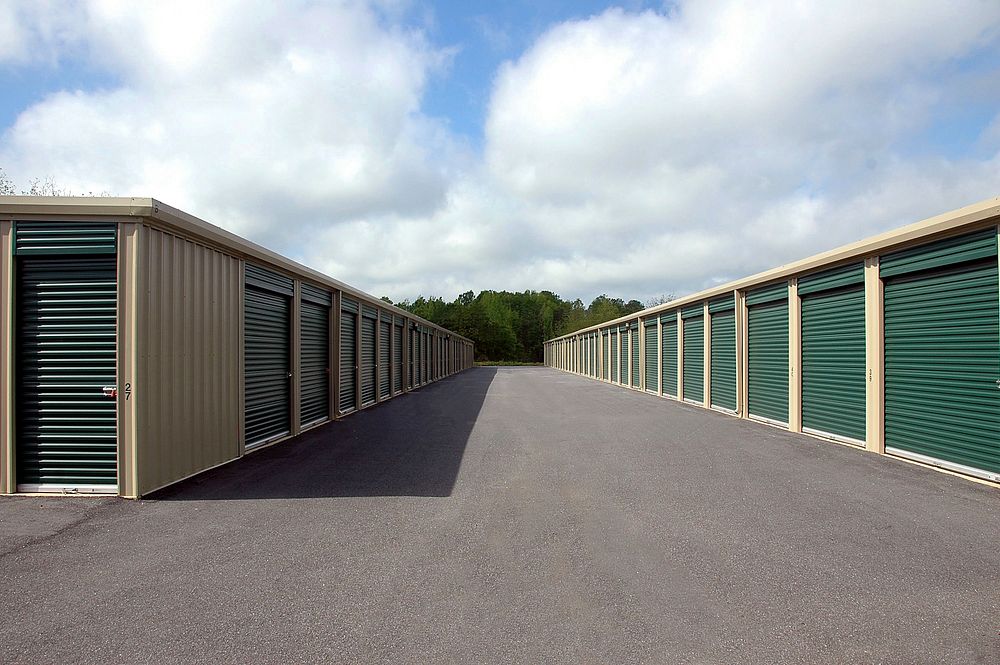
2. **Choosing the Right Storage Location**Selecting the optimal storage location for your vehicle is paramount to its long-term preservation. The best defense against the elements and potential damage is typically an indoor space, such as a secure garage. This shields your car from harsh weather conditions like wetness, extreme cold, and direct sunlight, which can cause exterior paint to fade and interior fabrics to degrade over time.
Beyond weather protection, indoor storage significantly minimizes the risk of physical damage, such as scratches and dings from other vehicles or passersby. Critically, it also serves as a robust barrier against pests and rodents, preventing unwelcome surprises like chewed wires, which can result in costly repairs exceeding $1,000 for components like a fuel injection system. Condensation, a stealthy enemy, can also build up in your fuel tank in exposed conditions, leading to engine sputtering and system damage.
If an indoor garage isn’t an option, a weatherproof car cover becomes an indispensable tool. This protective layer keeps your vehicle dry, preventing rust and shielding it from the sun’s harmful UV rays. For those considering self-storage facilities, indoor options typically require units of 10 feet by 15 feet for smaller cars or up to 10 feet by 25 feet for larger SUVs, with climate-controlled indoor parking offering superior protection, albeit at a potentially higher cost depending on location.
Investing in proper garage preparation can also significantly enhance your storage environment. Checking and reinforcing weatherstripping on garage doors and windows ensures optimal insulation, which not only keeps the interior more comfortable but also blocks out more cold, benefiting your car’s battery and fluids. This improved insulation can even reduce energy costs if your garage is attached to your home, making it a win-win for both your vehicle and your wallet.
Read more about: 10 Essential Strategies: Keeping Your Off-Road Truck’s Interior Spotless After Every Adventure
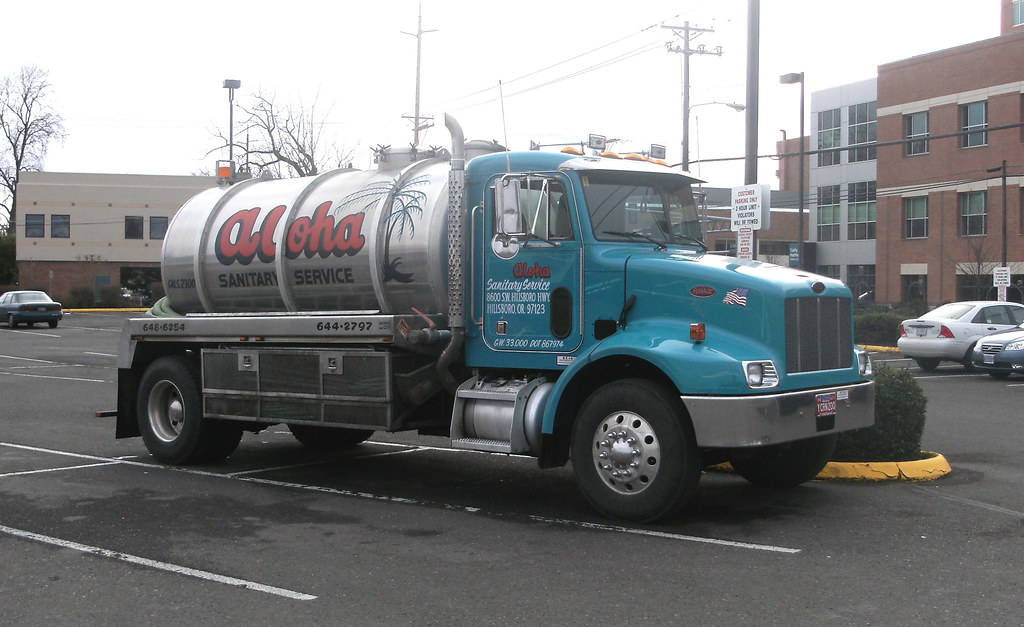
3. **Thoroughly Cleaning Your Vehicle (Interior and Exterior)**Before your car settles into its long nap, a thorough cleaning, both inside and out, is a non-negotiable step that many might overlook. While it may seem counterintuitive to wash a car you won’t see for a while, this preventative measure is vital. Substances like tree sap, mud, water or salt stains, dead bugs, and bird droppings can inflict permanent damage to your car’s paint if left to sit for extended periods, etching into the clear coat and requiring extensive, expensive detailing to correct.
The interior, just as important, demands equal attention. A meticulous vacuuming, wiping down all surfaces, and the complete removal of any trash, crumbs, old clothes, or bags are crucial. Even the smallest food particles can attract a host of unwanted pests—from roaches and ants to larger rodents—transforming your car into an irresistible buffet. Furthermore, leaving a dirty interior can lead to the development of nasty odors that are incredibly difficult to eradicate once they’ve permeated the upholstery.
Tyler White, owner of Simply Clean Detail Studio in Denver, Colorado, succinctly captures the essence of this advice, stating, “I recommend detailing your vehicle before putting it in storage, whether yourself or via a detailer. You want to remove anything on the vehicle that could harm the finishes while it is stored. Things such as bugs, tree sap, etc. will do damage fairly quickly when left sitting, and the longer they sit the more damage they do.” This emphasizes that a clean car isn’t just aesthetically pleasing upon your return; it’s a critical component of damage prevention during storage.
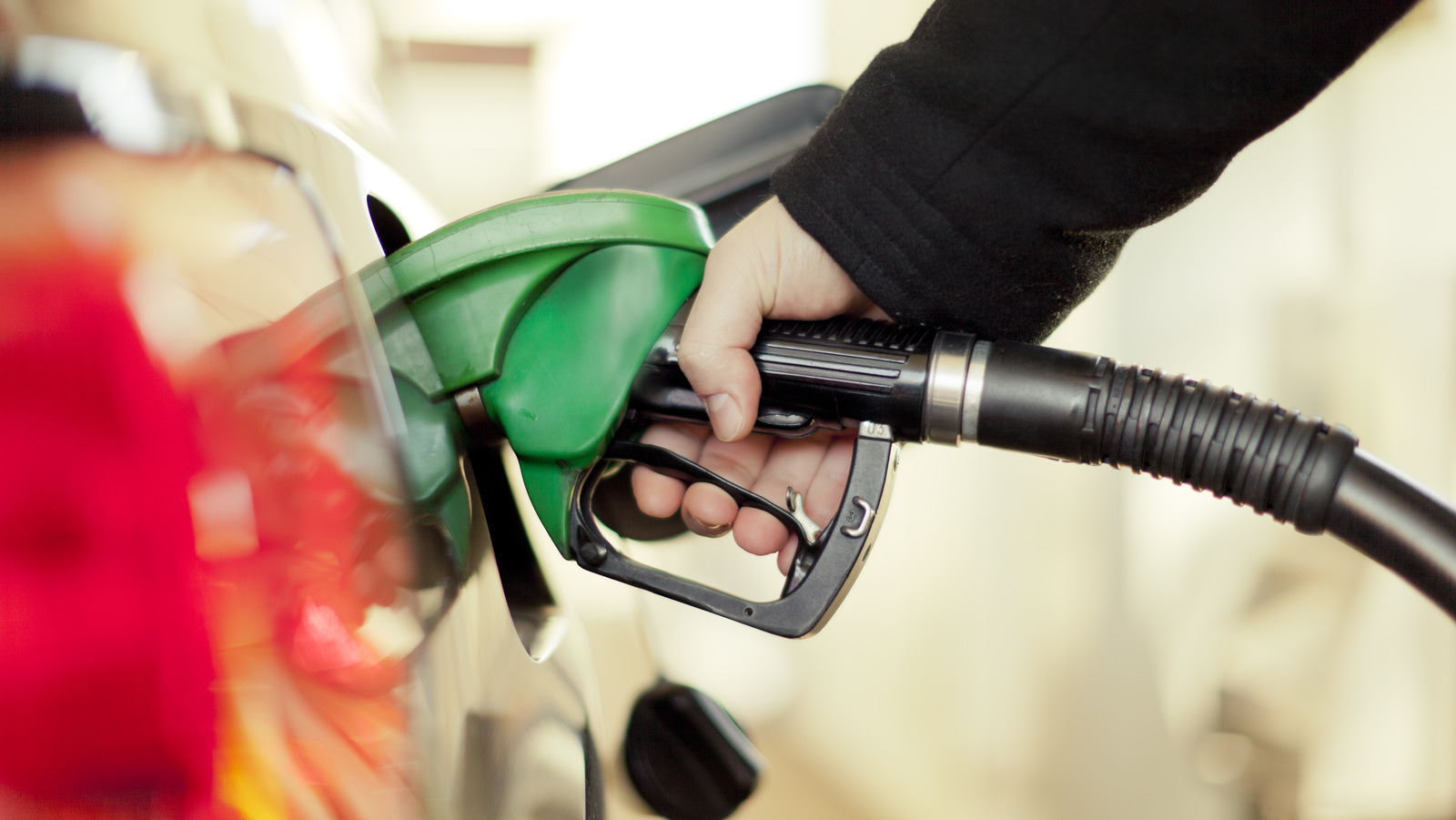
4. **Fuel System Preparation for Gasoline Cars**For gasoline-powered vehicles, preparing the fuel system correctly is one of the most vital steps in long-term storage. The first directive is to fill your car’s gas tank completely. A low fuel tank leaves ample space for air, which can lead to moisture condensation within the tank. This moisture, over time, can cause rust to form, leading to a host of problems including fuel system corrosion and potentially expensive repairs down the line.
Once the tank is full, the next crucial step is to add a high-quality fuel stabilizer. This product is designed to absorb any moisture present, prevent rust, and inhibit the formation of gummy deposits that can clog fuel lines and injectors. Ethanol-blended fuels, common in many areas, are particularly prone to degradation and attracting moisture (being hygroscopic), making a stabilizer an absolute must. Without it, ethanol-blended fuel can begin to degrade within weeks, leading to phase separation where moisture sinks to the bottom of the tank, a disastrous scenario for your engine.
After adding the fuel stabilizer, it’s imperative to take your car for a brief drive. This ensures that the stabilizer thoroughly mixes with the fuel and circulates throughout the entire fuel system, protecting the fuel lines, pump, and injectors. Most reputable fuel stabilizers are formulated to protect gasoline for up to one year, providing peace of mind for even extended storage periods. This simple act can prevent significant engine issues and costly maintenance when you’re ready to revive your vehicle.
Read more about: Guard Your Investment: 15 Worst Storage Mistakes That Could Ruin Your Classic Car Over a Decade
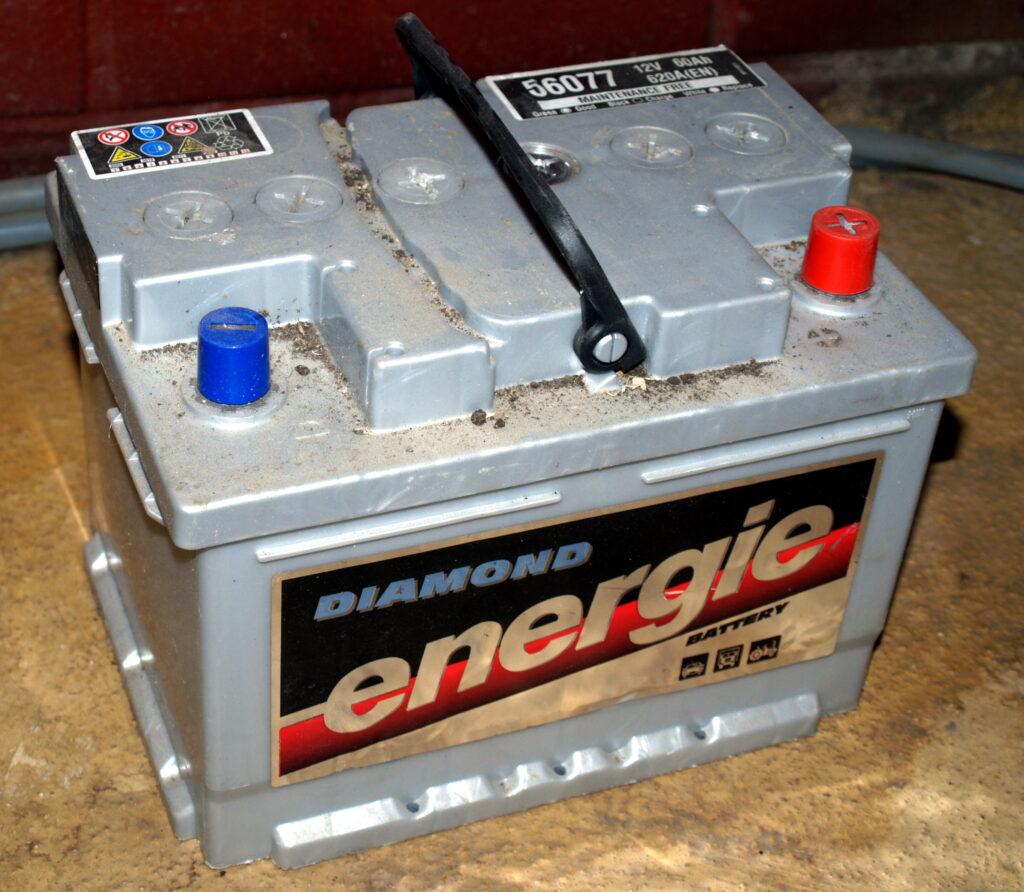
5. **Safeguarding Your Car’s Battery**The battery is one of the most vulnerable components during long-term storage, as it naturally loses its charge over time, even when the car is completely off. If you plan not to drive your car for over a month, preventing a dead battery requires proactive measures. The ideal scenario, if possible, is to have a trusted friend, neighbor, or family member take the car for a short drive every few weeks, allowing the alternator to recharge the battery and keep it active.
If periodic drives aren’t feasible, disconnecting the battery is a reliable method to minimize “parasitic charge loss,” where small electrical draws continue to drain the battery. To do this safely, first turn off the ignition. Then, using a wrench, loosen the nut on the negative terminal and remove the wire connector cable, keeping it clear of any contact. Repeat this process for the positive terminal, ensuring the wires do not touch one another. For newer vehicles with seized cables, consulting a dealership or local repair shop for the correct tool is advisable.
An even more convenient and often preferred alternative is the use of a maintenance charger, commonly known as a “trickle charger” or “battery tender.” These devices intelligently monitor your battery’s charge and provide a slow, steady current to keep it topped up without overcharging. This method eliminates the need for disconnection and ensures the battery is always ready, making it the go-to solution for preserving battery health over long winter months or extended storage.
It’s also worth noting that cars with always-on telematics systems (like OnStar or Hyundai Bluelink) may drain 12-volt batteries faster. Disabling unneeded connectivity features before long-term storage can help mitigate this. For electric vehicles, while the main high-voltage battery has specific storage protocols, the smaller 12-volt battery operates similarly to those in gas cars and can benefit from disconnection or a maintenance charger to protect its longevity.
Read more about: 15 Things Mechanics Really Wish You’d Stop Delaying on Your Car
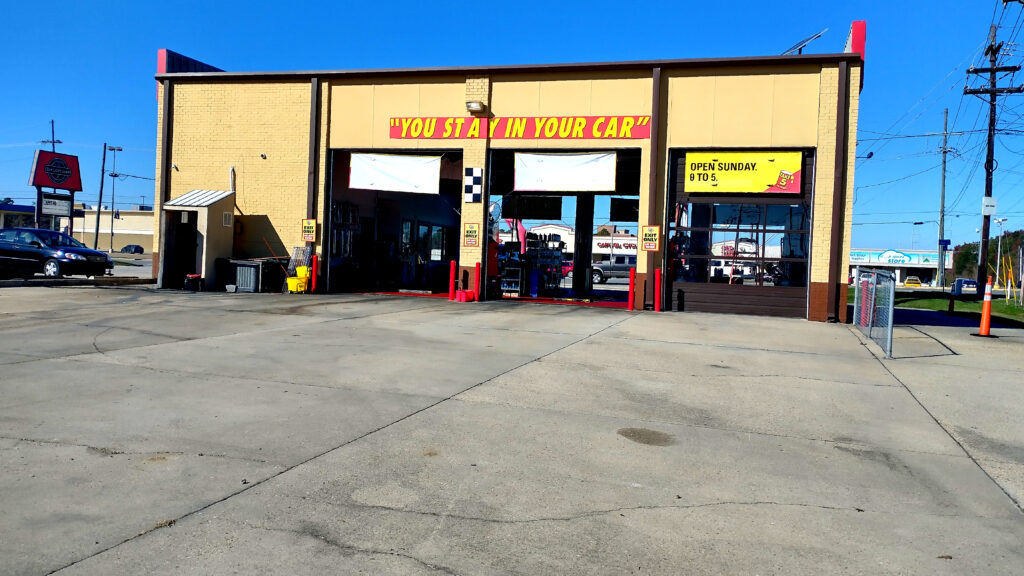
6. **The Importance of an Oil Change**Before placing a gasoline-powered vehicle into long-term storage, performing an oil change is a crucial preventative step, even if it seems “too soon” for your regular service interval. Dirty, used motor oil contains contaminants, acids, and metallic particles that, if left to sit for months, can cause significant corrosion and wear inside the engine. This is particularly true if the car will be stored for more than a month, as these corrosive elements can slowly degrade internal engine components.
Fresh oil, on the other hand, is free of these harmful byproducts and provides superior lubrication and protection. It creates a cleaner internal environment, minimizing the risk of internal rust or sludge buildup that can occur when old, degraded oil sits undisturbed. This simple maintenance task safeguards the engine’s delicate moving parts, ensuring they remain protected and ready for action when the vehicle is eventually brought out of storage.
While oil generally remains stable in your car for about a year before contamination becomes a significant issue, starting with fresh oil before an extended storage period offers an additional layer of preventative care. It ensures that the engine is bathed in a protective, uncontaminated fluid, delaying any potential for internal damage. This step is a small investment of time and money that can prevent much larger headaches and repair bills in the long run, contributing significantly to the overall health and longevity of your vehicle.
Read more about: 8 Outdated Car Habits to Stop Now: Driving Smarter for a Sustainable and Safer Future

7. **Keeping Pests and Rodents Out**Few things are as disheartening as discovering that unwelcome guests have made a home in your cherished vehicle during its storage period. Bugs, ants, roaches, and especially rodents like rats and mice, can cause extensive and costly damage, from chewing through electrical wiring and insulation to creating unsanitary conditions. Preventing their entry is a multi-pronged approach that begins with the thorough cleaning discussed earlier, making the interior an unattractive environment.
Beyond internal cleanliness, physical barriers are essential. Covering openings like the tailpipe and the air intake opening can significantly deter pests from finding their way inside your car. Simple materials like a rag or aluminum foil can be used for this purpose, but always remember to remove these coverings before attempting to drive the car again. This physical blockade prevents small creatures from nesting in critical engine components or exhaust systems.
For rodents, which are particularly adept at finding tiny crevices, a comprehensive approach is needed. Ensuring gaps around windows and doors are sealed, and using rodent-proof tape to block potential entry holes, can be effective. Additionally, repellents can make your car an unpleasant habitat. DIY tactics like spraying cotton balls with peppermint oil and strategically placing them in the trunk, under seats, or near potential entry points are popular, as rodents detest the strong aroma. Cinnamon and vinegar also act as deterrents, offering natural, non-toxic options to keep these destructive visitors at bay.
Moving beyond the foundational preparations, the next stage of long-term car storage involves a series of advanced techniques designed to protect specific components of your vehicle, from its tires and brakes to its exterior finish and sophisticated electrical systems. It also delves into critical considerations like insurance coverage and maintaining environmental controls, ensuring your car remains in peak condition, ready to spring back to life whenever you are.
Read more about: Mastering Your Winter Lawn: An Expert Guide to Optimal Grass Cutting for a Thriving Spring
8. **Overfill Tires**When a car sits for an extended period, its tires are susceptible to a phenomenon known as flat-spotting. This occurs as the vehicle’s weight continually presses down on the same section of each tire, causing the rubber to deform. Over time, particularly in colder temperatures where air contracts and tires naturally lose pressure through permeation, these flat spots can become permanent, leading to vibrations and potentially requiring costly tire replacement.
To counteract this, it is crucial to overinflate your tires before putting your car into storage. Check the manufacturer’s recommended psi, typically found in your owner’s manual or on a sticker inside the driver’s side door jamb, and then add slightly more than that recommended amount. This increased pressure helps the tires maintain their shape and prevents the rubber from developing permanent flat spots, mitigating a common problem associated with prolonged inactivity.
While overinflating is a simple and effective measure, more labor-intensive alternatives exist. Placing your car on jack stands, for instance, completely removes the pressure from the tires, eliminating any risk of flat-spotting. However, it’s important to use rigid jack stands and follow your manufacturer’s safety requirements, and *never* rely on a hydraulic jack for long-term support. Another option includes using tire cradles or mats, which are designed to distribute the car’s weight more evenly across the tire’s surface, preventing localized pressure points without lifting the vehicle.
Regardless of the method chosen, remember to make a note or set a reminder to reduce your tire pressure back to the manufacturer’s recommended levels before driving the car again. This simple yet vital step ensures not only the longevity of your tires but also your safety and comfort once you’re back on the road, preventing uneven wear and handling issues.
Read more about: Stay Cool & Save Cash: 15 Simple DIY Fixes for Your Car’s Air Conditioner

9. **Do Not Use a Parking Brake**It might seem counterintuitive, as the parking brake is typically a crucial safety feature, but engaging it during long-term storage can actually be detrimental to your vehicle. When the parking brake remains locked for months on end, particularly in humid or cold environments, there’s a significant risk that the brake pads can corrode and fuse, or ‘attach,’ to the rotors. This adherence can cause serious damage upon attempting to move the vehicle, leading to expensive repairs to free the components and potentially replace them.
Instead of relying on the parking brake, alternative methods are recommended to secure your car in place. Simple parking stops or wheel chocks, placed firmly against the tires, provide a reliable way to prevent the car from rolling or being inadvertently pushed. These inexpensive accessories offer peace of mind without introducing the risk of brake components seizing up, ensuring a smooth retrieval of your vehicle from storage.
This advice is particularly relevant for those storing vehicles in garages or on level ground where movement is less likely but still a concern. The aim is to minimize any potential for components to seize or corrode while the car is stationary. By opting for wheel chocks over the parking brake, you eliminate a common storage headache and safeguard your braking system from unnecessary wear and potential damage that can arise from prolonged disuse.
Making this small adjustment to your storage routine can prevent a much larger headache and repair bill down the line. It ensures that when you’re ready to drive your car again, the braking system is free, functional, and ready to perform as intended, without the frustrating surprise of seized components.
Read more about: 8 Outdated Car Habits to Stop Now: Driving Smarter for a Sustainable and Safer Future
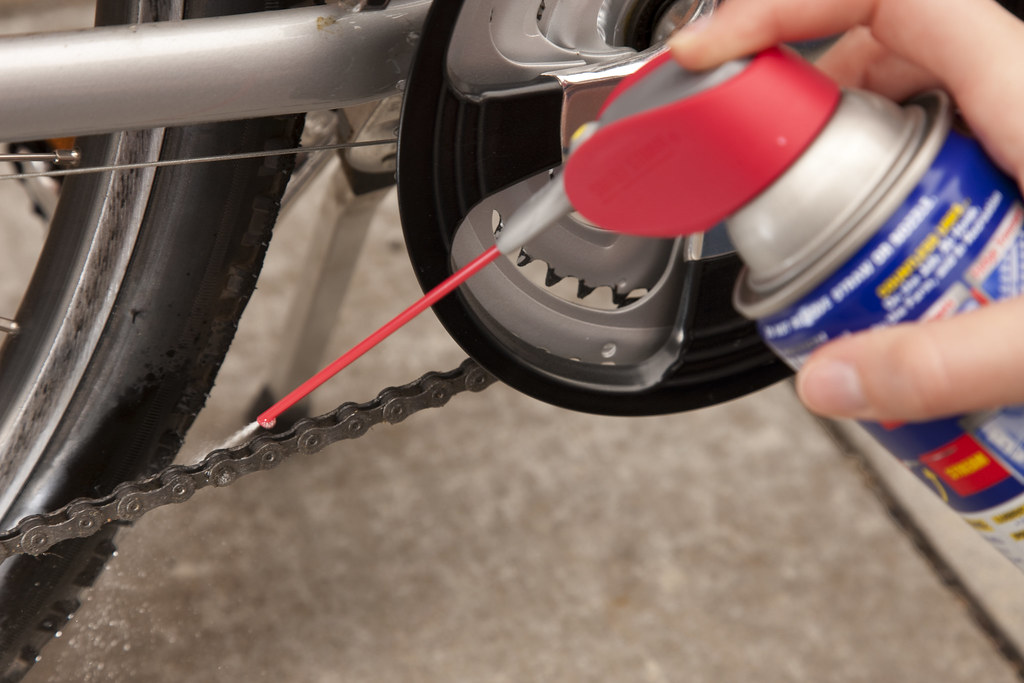
10. **Lubricate**While much attention is given to the engine’s internal fluids, several external moving parts on your vehicle also benefit immensely from a bit of lubrication before long-term storage. Components such as the trunk latch, all door handles, and the hood hinges are exposed to the elements and can stiffen, corrode, or become difficult to operate after months of inactivity. A proactive application of lubricant ensures they remain pliable and functional.
Using a light-grade oil for these external moving parts is ideal. Apply a small amount to the pivot points and mechanisms of the hinges and latches. After application, it’s important to wipe away any excess lubricant to prevent it from attracting dirt and grime, which could inadvertently create a sticky residue over time. This meticulous step ensures that these often-overlooked parts are protected against the ravages of time and disuse.
This simple act of lubrication plays a crucial role in preventing unnecessary wear and tear. It helps maintain the smooth operation of your car’s access points, ensuring that when you return, opening the doors, hood, or trunk isn’t met with stiff resistance or the jarring sound of corroded metal. It’s a small investment of time that contributes significantly to the overall preservation and ease of use of your vehicle.
The benefits extend beyond mere functionality; proper lubrication also helps to seal out moisture from these critical moving parts. This is particularly important for preventing rust formation, which can quickly degrade metal components and lead to premature failure. By keeping these areas well-lubricated, you’re adding another layer of defense against the elements, securing your car’s longevity and pristine condition.
Read more about: 10 Essential Strategies: Keeping Your Off-Road Truck’s Interior Spotless After Every Adventure

11. **Cover Up**Whether your car is tucked away in an indoor garage or left in a more exposed outdoor setting, a high-quality car cover is an indispensable tool for long-term storage. For indoor storage, a breathable fabric cover protects against dust, accidental scratches, and minor dings. Outdoors, a weatherproof cover becomes a critical shield, defending against rain, snow, harmful UV rays, bird droppings, and tree sap, all of which can severely damage paintwork and exterior finishes over time.
Beyond the primary car cover, consider adding extra layers of protection. A windshield sunshade, placed before the car cover, provides an additional barrier against solar heat damage, which can fade dashboards and degrade interior plastics. Similarly, draping old towels or soft cloths over any leather or vegan leather trim, especially around the front storage compartment, helps prevent cracking and fading from prolonged exposure, particularly if the vehicle is stored outdoors.
Selecting the right car cover is key. It should be sized to fit your car snugly, preventing it from flapping in the breeze, which can cause abrasive damage to your paint. A loose cover, instead of protecting, can act like sandpaper over time. Secure the cover well with integrated straps or grommets. In regions prone to severe weather, investing in a specialized hail cover can provide an extra layer of defense against unexpected precipitation.
Remember, the goal of covering your vehicle is comprehensive protection. A well-chosen and properly secured cover, combined with additional shielding for sensitive interior components, ensures that your car’s exterior and interior remain as pristine as the day you put it away, safeguarding its appearance and value against the elements and environmental hazards.
Read more about: 8 Outdated Car Habits to Stop Now: Driving Smarter for a Sustainable and Safer Future
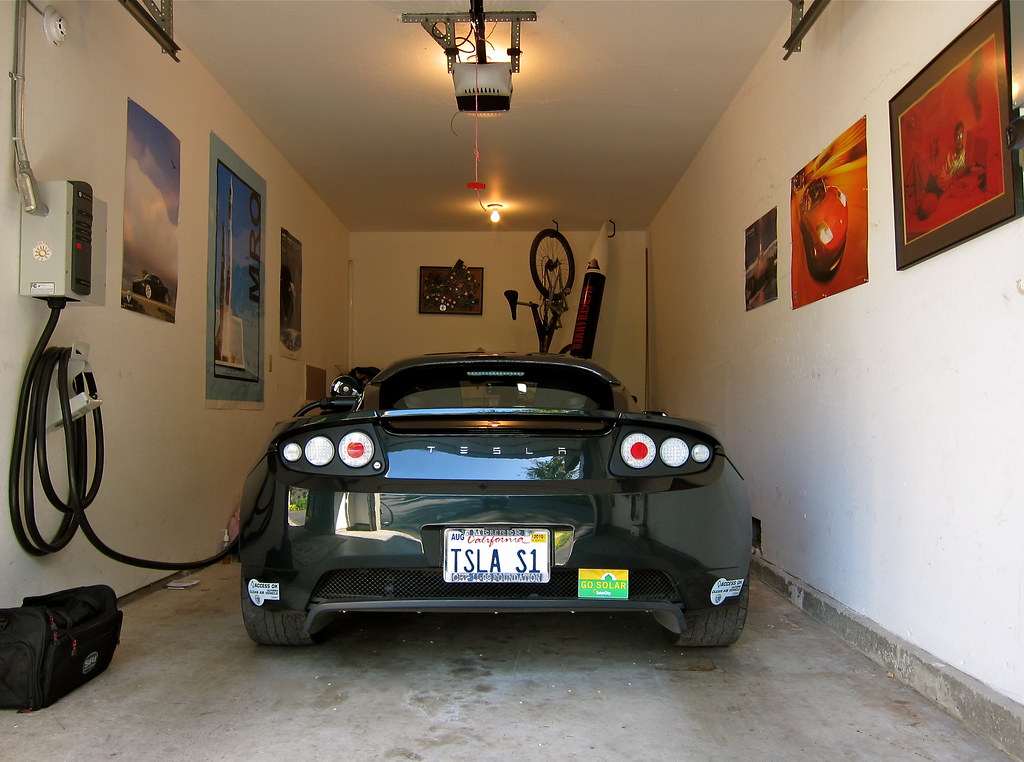
12. **How to Store an Electric Car**While many long-term storage steps for gasoline-powered vehicles apply equally to electric vehicles (EVs), there are crucial distinctions, particularly concerning their high-voltage battery systems. Similar to gas cars, EVs benefit from cleaning, lubrication of hinges and handles, being stored in a garage away from direct sunlight, and having the parking brake disengaged. However, the unique nature of EV powertrains demands specific attention to battery health during dormancy.
The primary difference lies in managing the EV’s main high-voltage battery. Unlike gasoline tanks, which should be full, EV batteries have an optimal charge level for storage. It is generally recommended to charge your EV battery to between 40% and 60% before prolonged storage. The exact percentage can vary, so always consult your owner’s manual for precise recommendations. This range minimizes degradation and stress on the battery pack over time.
Many modern EV models are equipped with sophisticated battery management systems that include built-in “storage” or “deep sleep” modes. Activating these modes is highly advisable, as they automatically manage the high-voltage battery, reducing parasitic drain and optimizing its condition for extended periods. If available, using a Level 2 charger with scheduled charging capabilities can also help maintain the battery within its ideal storage range, allowing for intelligent power delivery when needed.
For the smaller 12-volt battery found in EVs, which powers accessories like lights and infotainment, the storage protocols are identical to those for gasoline cars. You can either disconnect this battery to prevent parasitic drain or connect it to a maintenance charger (trickle charger) to keep it topped up. Be aware that disconnecting the 12-volt battery may disable features like phone key or key fob access, requiring manual entry upon your return.
Furthermore, if your EV’s 12-volt battery is located under the front hood (frunk) or in the rear trunk, leaving that compartment open during charging and storage—assuming it’s in a secure garage—can provide easy access for maintenance. Lastly, it’s worth noting that vehicles with Advanced Driver Assistance Systems (ADAS) may require self-checks or even professional recalibration after long periods of inactivity, as sensor accuracy can be affected, ensuring these critical safety features function correctly when the car is back in use.
Read more about: Don’t Get Pumped! 14 Gas Stations You Might Want to Skip for Better Fuel & Savings

13. **What to Consider With Car Insurance**One of the most common misconceptions about long-term car storage is that you can simply cancel your car insurance policy since the vehicle isn’t being driven. This could be a costly mistake. If you cancel your policy outright and something unexpected happens to your vehicle – such as theft, vandalism, or damage from a natural disaster – you’ll be entirely responsible for the repair or replacement costs. Moreover, canceling your policy can sometimes lead to higher rates when you seek new coverage later, as insurers often factor in continuous coverage history.
Instead of canceling, explore more nuanced options. If your car is paid off and stored in a secure, covered garage, you might consider temporarily dropping collision insurance. This can save you money while keeping comprehensive insurance active, which covers incidents like theft, vandalism, weather-related damage, or pest damage. However, remember that you would still be responsible if another vehicle somehow crashes into yours while it’s parked, as collision coverage handles those scenarios.
Another option some insurers offer is a temporary suspension of coverage. While this pauses your premiums, the significant downside is that your car would be unprotected against theft or damage during the suspension period. This approach carries a considerable risk, making it less advisable unless you have absolute certainty about the vehicle’s safety, which is rarely the case even in seemingly secure environments.
Your best and most recommended bet for long-term storage is to inquire about “storage insurance” or “layup coverage” with your insurer. These specialized policies are designed to provide essential protection for vehicles that are not actively being driven, often at a reduced cost compared to a full coverage policy. They typically cover risks like fire, theft, vandalism, and natural disasters, giving you peace of mind while your car is off the road. This is especially crucial if your vehicle is parked outside or in a public storage facility, where risks are inherently higher. Additionally, if someone else will be driving your vehicle in your absence, maintaining appropriate liability coverage is non-negotiable.
Read more about: 8 Outdated Car Habits to Stop Now: Driving Smarter for a Sustainable and Safer Future

14. **Starting the Car**Even with all the meticulous preparations for long-term storage, a car should not be left completely dormant for months on end. Periodically checking on and starting your car is a vital step to ensure its continued health and readiness. While specific frequencies can vary, visiting your car at least biweekly, and preferably once a week, to crank the motor and allow it to run for a short period, is highly recommended.
This periodic activation serves several critical functions. It allows the oil, coolant, and other essential fluids, which can settle and become stagnant, to circulate throughout the engine and various systems. This circulation ensures that all internal parts remain properly lubricated, preventing rust and corrosion from forming on seals and moving components. It also helps to keep hoses and belts from becoming brittle or cracking, maintaining their flexibility and integrity.
Beyond fluid circulation, starting the car is absolutely critical for the health of your battery. Even when disconnected, batteries naturally lose charge over time, and parasitic draws, however small, can continue to drain it. Running the engine allows the alternator to recharge the battery, preventing it from dying completely and ensuring it’s ready to provide the necessary power when you eventually bring the car out of storage. This simple act greatly extends the battery’s lifespan and reliability.
For optimal benefit, don’t just start the car and immediately shut it off. If feasible and safe to do so, drive it around the block for a few minutes. This ensures that the vehicle reaches operating temperature, helps circulate fluids more thoroughly, and engages the tires and brakes, preventing them from seizing or developing flat spots. If driving isn’t possible, letting it idle for 10-15 minutes can still provide significant benefits, ensuring all systems come to life.
Ultimately, integrating periodic check-ins and startups into your long-term storage plan is a proactive measure that pays dividends. It’s a small investment of time that prevents a multitude of potential problems, from seized components to dead batteries, and ensures that your vehicle emerges from its slumber in robust health, ready to deliver the reliable performance you expect and deserve. It truly is the final flourish in protecting your automotive investment.
Read more about: Can’t Stop, Won’t Stop (But Tonight We Will!): 13 Salty Snacks We’re *Totally* Not Eating
Preparing your car for long-term storage, whether for a winter hiatus or an extended journey, is an investment in its future. By meticulously following these advanced techniques—from caring for your tires and braking system, to covering its exterior, understanding EV-specific battery care, navigating insurance options, and even the vital step of periodically starting your engine—you ensure that your beloved vehicle remains a pristine, reliable companion. These steps move beyond basic parking; they are about thoughtful preservation, guaranteeing your car is not just stored, but genuinely protected, ready to greet you with a confident roar whenever you’re ready to hit the open road again. Safe travels, and happy returns to your perfectly preserved ride!


